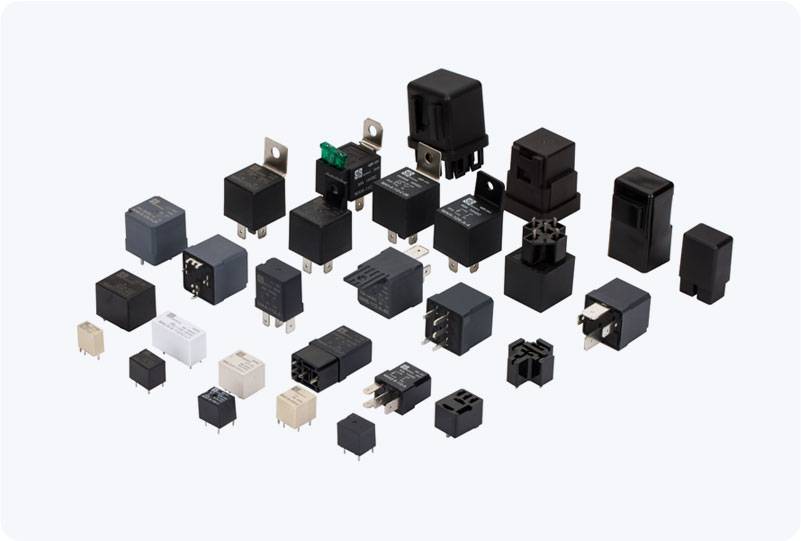the importance and functionality of thermostatic mixing valve in modern plumbing systems
Release time:2025-10-23 19:26:47
A Thermostatic Mixing Valve (TMV) is a crucial component in modern plumbing systems, designed to ensure consistent water temperatures while preventing burns and scalds. Whether in residential bathrooms, healthcare facilities, or commercial settings, the significance of TMVs in maintaining safe and efficient water temperature regulation cannot be overstated. This article delves into the functionality, benefits, and various applications of thermostatic mixing valves, highlighting their role in improving both safety and energy efficiency.

What is a Thermostatic Mixing Valve?
A Thermostatic Mixing Valve is a plumbing device that blends hot and cold water to deliver water at a pre-set, constant temperature. The primary goal of this valve is to maintain water temperature stability, even when there are fluctuations in incoming hot or cold water supply. By regulating the mixture of hot and cold water, the TMV ensures that the user does not experience sudden temperature changes, which could be hazardous.
These valves are often used in showers, baths, sinks, and other water fixtures to protect users from extreme water temperatures. A typical TMV can be set to a desired temperature, usually around 37 to 38°C (98.6 to 100.4°F), which is considered a safe range for most individuals, especially for children, the elderly, or people with certain medical conditions.

